![Musician's Guide to Marketing Plans Cyber PR]()
In the first installment of our newly updated Musician’s Guide to Marketing Plans, which we now call Musician’s Total Tuneup around here,
we addressed the overlooked importance of having a marketing plan and went through the first five of fifteen elements to keep in mind when planning a new release.
In part 2, we will be addressing the next five elements for promoting new music. This can be a single, a music video, an EP, or an album.
This Is Your Artist Development Plan
If you didn’t get the chance to read through Part 1 – Release Preparation I encourage you to please do so before reading this. This series comes from many years of collaborating with record labels and brilliant managers. What we noticed separate the best teams who get results for their artists vs. the teams who are constantly floundering is planning. Back in the day when labels were more focused on artist development and in it for the long haul they had entire departments dedicted to
There are 15 elements to keep in mind when planning a new release – they break down into 3 groups of 5.
The Second Five – Ordering the Chaos
Below are the 5 areas that need to be addressed before any official announcements should be made about a new album, EP, or even a single coming out. To see these in more detail, download our checklist at the bottom of the page:
-
Timeline
-
Release
-
Social Media
-
Press & Promotion
-
Shows
Let’s dive in!
1 & 2. Timeline & Release
We have condensed these 2 elements as they go together like cookies and milk.
Plan some milestones starting two months before the release date, and have some benchmarks for at least one month after the album comes out. Here is how this could look:
Three Months Before Release
Register With A P.R.O.
To collect your royalties you’ll need to sign with a Performing Rights Organization (“PRO” for short) and SoundExchange. The three options in the U.S. for PRO’s are ASCAP, SESAC and BMI.
You also have to register with SoundExchange, which focuses on royalties for your recording (mechanical rights), while your Performing Rights Organization focuses on royalties for your song (performance rights). Visit Soundexchange.com to register as an artist and publisher to collect on these future royalties.
Most distribution services also offer an opt-in admin pub service, but I recommend signing up through your PRO to keep everything together.
Live Royalties
BMI and ASCAP both offer portals to collect royalties from playing live. Once your songs are registered on the PRO database, you login and enter any dates you have performed those songs, where they were performed, and which songs. The PRO companies payout quarterly so be sure to enter the performances soon after they are through, otherwise, you could miss a deadline!
Get As Many People As Possible To Your Socials & Newsletter.
This is a practice that you should get in the habit of and your whole band or team should be helping.
Find your friends and people you admire (bloggers, other artists, venues, local spots you like to hang out in, etc.) on Twitter, Instagram, and Facebook and friend away!
This will increase your audience because as many of the people you follow will follow you back.
If you have not curated lists on Twitter, make some to keep track of your favorites.
Also, start reaching out to people in your inbox and outbox and get them on your list (remember it’s illegal to just sign people up so do this with integrity and ask each person).
Your newsletter is the place where you will be able to monetize so, don’t skip this step.
Here is Ariel’s comprehensive Newsletter lesson from Social Media House.
Take Everyone along on the Journey With You
People like to follow along to real-life stories (case and point: reality TV). It’s a great way to form a stronger bond with your current and growing base.
Send updates on how the recording, mixing and mastering is going using videos and photos via your socials, plus capture longer-form stories for your blog and newsletter.
Engage with your following on milestones like artwork and song titles by polling your fans (Twitter has a polling feature which you can use) and holding contests to select what cover or title to go with, have your fans weigh in on photos, graphics and get them involved with the process.
The goal of all this activity is to get people excited so they are engaging and sharing your updates.
Two Months Before Release
Your content calendar is outlined with all of the steps needed for your release with dates for each asset/action needed
Single and album Artwork is ready and looks amazing
You are rounding up as many fans onto your newsletter list as possible
Six Weeks Before Release
Submit Your Music to Your Distributor
Make sure to let them know you are releasing a single FIRST before the EP (if this is the case). You must have your single artwork ready at this time!
Tunecore, CD Baby, and other aggregators like 4-5 weeks to pitch your music to iTunes, Spotify, Google Play, Amazon Music, and other digital service providers (DSPs). Get your social posts in order and draft your newsletter announcing the single.
Launch A Facebook Like Campaign to Get More Followers to Your Page
Or if you have not done so in a long time go through your personal Facebook Page and ask all of your friends to Like your Page.
I know this may seem crazy to do during a time when Facebook is catching a lot of heat but promoters, venues, and music bloggers still look at social numbers so make sure yours are consistenly growning (and don’t buy fake fans ever!)
One Month Before Release
![Ultimate guide to spotify and soundcloud]()
Release Your First Single
This is a great way to build buzz, get fans excited, and also get some music bloggers interested. Any reviews you can place will help build your overall online profile.
On the press side of the house aim for appropriate blog targets. If you are a brand new artist Pitchfork is probably NOT appropriate. Go for smaller, more targeted music blogs!
That being said, be sure to reach out to your “within reason” dream targets with your single(s). It’s not the best idea to wait to reach out to these loftier sites with your album.
Album reviews take a considerable amount of time and, if you look, most music sites are reserving these full album review slots for the most anticipated albums so don’t feel disappointed if you don’t get full album / EP reviews (they are not en vogue these days)
Download and read our Spotify & SoundCloud Guide to make sure both of those platforms are set up correctly and you have done what you need to to get these working for you.
Announce a Release Event – Live Show or Listening Party
If you play live shows, book a release show and do something to make this show more special than the others. Decorate the venue, work with the bar to create a special shot or cocktail, pre-sell a merch pack, hire a party bus, ask a food truck to pull outside the venue, etc.
If you don’t play out, create a listening party at a small bar, create an after-work happy hour, or choose a local favorite. If you are just starting and don’t think you can draw a large crowd, hold a listening house party with wine tasting, cupcake bake-off, fondue party, etc.
Think about your fans and make this special for them! And, of course, the key is to announce that tickets are on sale and share links!
Start Your Music PR Campaign
This is a great way to build buzz, If you are hiring a PR team – work on the strategy with them or if you plan to do it yourself it’s time to prepare – for help, Download the Ultimate Guide to Music Publicity
Start Your Pre-Sale / Pre-Save Campaign
This is a great way to build buzz, get fans excited, and also get advance sales. Send the word out to your newsletter and socials. Work with Pledge Music to help you with your pre-sales to offer tiers and build excitement. Follow our Spotify Guide to PreSave
Create a Facebook or Instagram Live
This is a great way to build buzz and can really attract fans who may not see your posts.
Two Weeks Before Release
Build the Momentum!
Keep the excitement up on socials by scheduling a countdown across your socials.
Use Canva to design tiles and Gify to make GIFS.
Hold a contest to win the new music or give away tickets to your show or listening party.
On Release Day
- Skin your socials with “out now!” and artwork (Use canva to help you)
- Post and pin OUT NOW to the top of Twitter & Facebook
- Create Instagram & Facebook Stories to share
- Make a fun video about the release and post on your website & Facebook – and Boost!
- Send out a newsletter announcement to your mailing list
After Release
Keep Momentum Up!
Again, the more activities you can plan leading up to the release and after it drops will help continue your story and profile building.
The more press and social media-worthy points you can arrange for after a release will keep contacting press with new content, while at the same time reminding them about the new album.
- Ask your family, friends, and fans to write reviews of your new album on iTunes, Amazon or CD Baby, and other digital retailers. Studies have shown that albums that are reviewed on iTunes actually sell more albums.
- Submit your music to Pandora for consideration
- Drop a Lyric video or a video for one of the tracks to keep the music fresh for fans
3. Social Media
A lot of social media elements are covered in the timeline above. At Cyber PR Music, we consider your blog and your newsletter to be part of your social media strategy.
![]()
Don’t forget that monthly newsletter
Newsletters should still be going out once a month, blog posts being posted, and socials should never go stale.
Just because you may not have a big “news” item (for example: a new release) doesn’t mean you should stop communicating with your fans on a regular basis.
Update Your Socials Every Day
You should be updating daily and updating also means responding to and interacting with others.
In addition, to all the content we have gone over in this guide, post about things happening in your personal life, repost interesting articles or news items or post a song from a band that you love.
News, food celebrity gossip, parenting, fashion, art, and sports all make good topics for people to engage and connect around. Let your personality show!
Social Media rules are constantly changing and shifting (hello Facebook) so make sure you keep up on social trends so that you are not using antiquated techniques.
We love Mashable, Social Media Today, and Social Media Examiner. And of course, follow our Social Media Pyramid for content guidance.
Use Hashtags!
– #mcm = man crush Monday
– #transformationtuesday
– #wcw = woman crush Wednesday
– #tbt = throwback Thursday
– #fbf = flashback Friday
Always Say Thanks!
Anytime a fan or a press outlet talks about you or your music, share it on your social media outlets. Press and fans alike love when you share a post they’ve written about you.
![]()
Visualize Your Music Blog Features & Milestone & Post!
See how we do it here on our Instagram and follow us while you are at it!: https://www.instagram.com/cyberprmusic
4. Press & Promotion
Your PR Plan
A big component when promoting a new album EP or single is getting PR. You can accomplish this by hiring a team or by going the DIY route. When hiring a PR team make sure you do your homework and make sure your music is a good fit with that firm’s approach and philosophy. Be sure that the team talks to you about their well-thought-out plan for your campaign.
A PR company should work with you to make sure you are fully prepared before you are introduced to the press.
This is the first part of their job when you engage a firm.
If you’re going with a do-it-yourself approach here are some tips for an effective music PR campaign:
Get Great Photos
Make sure you have at least 3-4 great images and variety is important. Most music blogs feature square or horizontal photos. When getting photos taken think through your brand and think about variety to keep your images fresh as time goes by.
![5 steps to a great musician bio]()
Bio / Your Signature Story
This series is packed with DIY tips, but we suggest hiring a professional to write your bio, which we call a signature story around here. Even if you are a strong writer, it can be challenging to write about yourself. A professional writer will be able to craft a compelling bio that effectively conveys all the important details while keeping the audience in mind, which in this case includes press and music industry folks. Read our 5 – Steps guide here or We would be delighted to write one for you.
Music Press Outreach
The first people to target should be local press and press outlets that have written about you in the past (if applicable). When contacting blogs make it personal. Be sure to research which writer/journalist of the site is the best or most appropriate to reach out to (if applicable). Before you start talking about your music be sure to address why you approached them and not some other blog. ALWAYS include a Soundcloud link to either your single or album. If your album/EP is unreleased, you can include a private Soundcloud link to the album/EP in a private playlist. Follow up approximately once a week and if you’ve received some press since the last time you contacted them, be sure to include a link in your follow up email.
Then as we touched on in Part 1, plan ahead so you will have content for multiple press outreaches such as a new music video, remixes, or tour dates, as you don’t want to repeat the same message about the new music.
Words of Warning About Press Releases
Please DON’T write and pay to distribute a press release. Press releases are relics of the past and are not favored by music bloggers.
Press releases are great if you have something truly newsworthy and releasing an EP, single or album is actually not “news” (even though it is extremely important to you). If it is newsworthy then DO follow this guide.
Building a Targeted Media List
There are many ways to start building a targeted media list. One method – identify a musician or band that is slightly further along and fits into your musical wheelhouse, and take note of the press outlets that they are getting featured on. There is a great chance that those publications may also feature you.
Know That You Need 2 Separate Strategies for SoundCloud and Spotify
SoundCloud will be what music blogger will want. So, you have to have a great SoundCloud profile. Follow our handy guide to get great at this! You need a separate strategy for Spotify as you will need to be known in the platform with verification, a decent amount of followers and of course your current bio announcing your recent release. Spotify has an entire site and a fab app dedicated to helping you learn how to get established in the Spotify ecosystem.
5. Shows
If you are already building through touring, continue to tour, hitting the same markets that you played while supporting the new music to build on the momentum that has been made.
Martin Atkins has the BEST book on touring called Tour Smart. If you don’t have it, get it on Amazon.
We also love this post from Ari Herstand.
There are undoubtedly limitations though on how often you can tour and you more than likely won’t be able to tour to every market where there are fans.
And many artists are not touring at all, so if this is the case for you, consider virtual shows and live streaming.
No Shows? Try Live Streaming!
A live streaming concert is where the audience is online viewers and can be filmed at your home or any interesting location have access to, a great tool to connect with people anywhere in the world. Tons of artists, big and small, are taking advantage of this right now to keep engaged and present with their current fanbase, generate revenue and to increase their brand and awareness.
There is of course live streaming through Facebook and Instagram for example, but you can also live stream on platforms that offer many features geared towards musicians and will appear more like an “official” artist show. The two major players in this space are Stageit and Concert Window.
Picking between the two they are both quite similar, will allow you to either charge a set ticket price or the better idea, and what most artists do, is utilize the “pay what you want” model. The differences are found in the way you can reward viewers, should check both out and see which one you like better.
Now that you have part 2, download our checksheet to see what you will need to prepare… Click on this image to get started now:
![New Call-to-action]()
The post Releasing Music: The Musician’s Guide to Marketing Plans Part 2 appeared first on Cyber PR Music.


















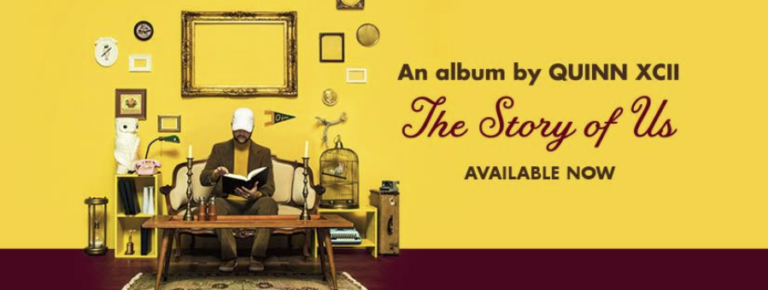
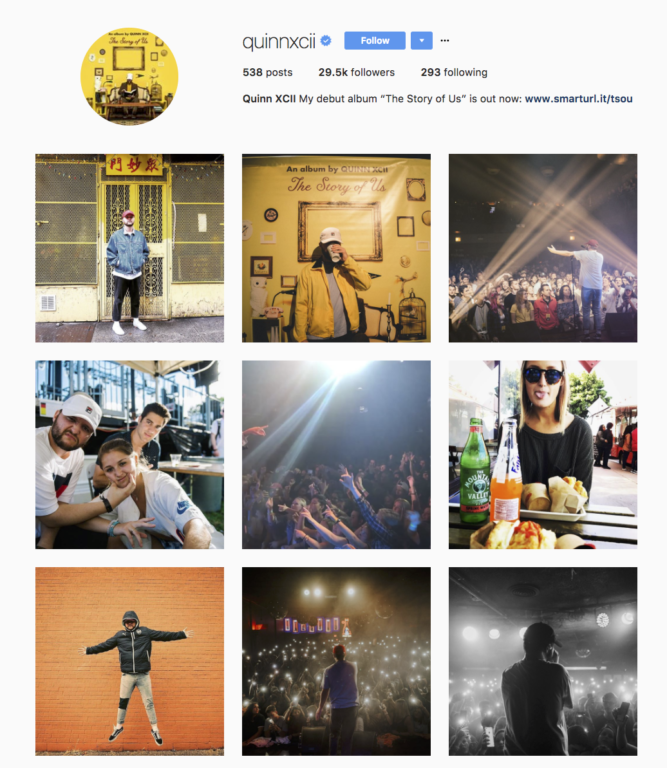
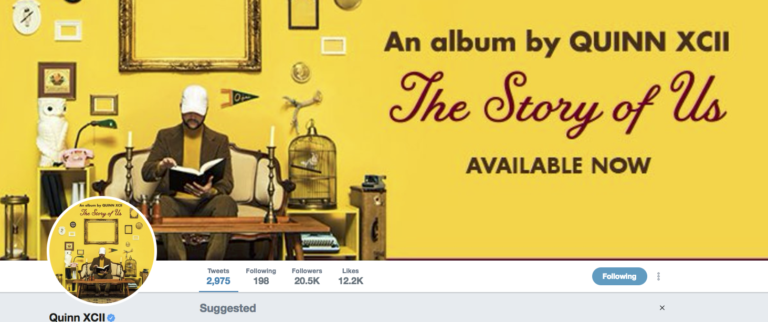

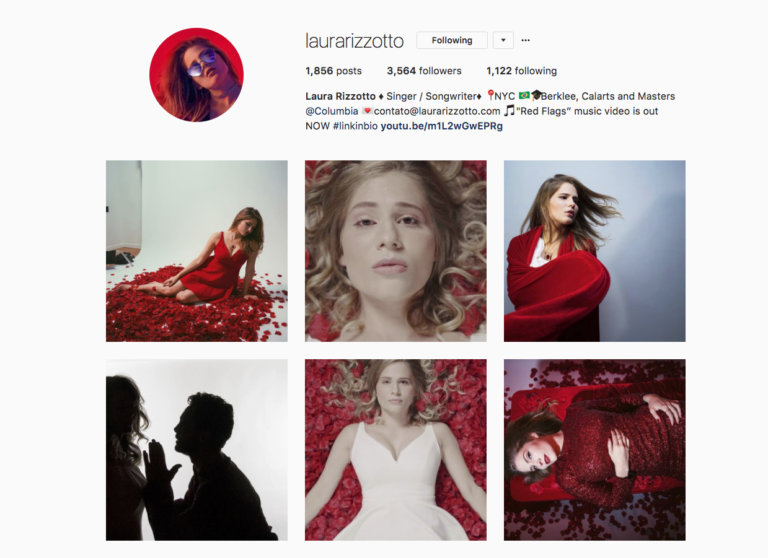
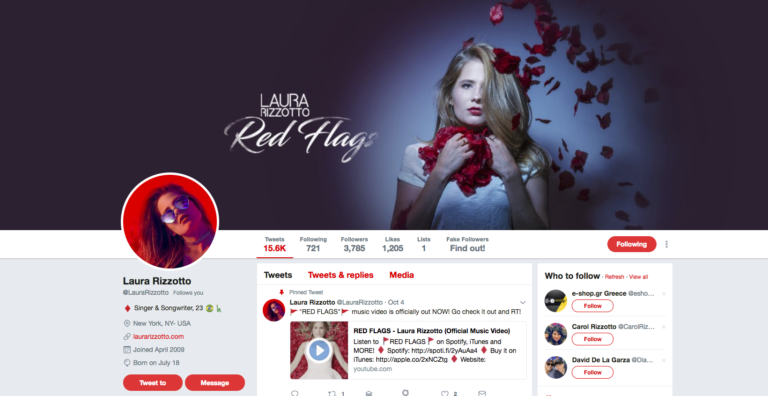
































 (If you don’t have a profile yet, install Instagram on your device and follow the prompts to create a personal profile).
(If you don’t have a profile yet, install Instagram on your device and follow the prompts to create a personal profile).









 When consulting with a band or an artist, what do you do for them that helps them sell more music online? How do you quantify your results? How can they?
When consulting with a band or an artist, what do you do for them that helps them sell more music online? How do you quantify your results? How can they?
